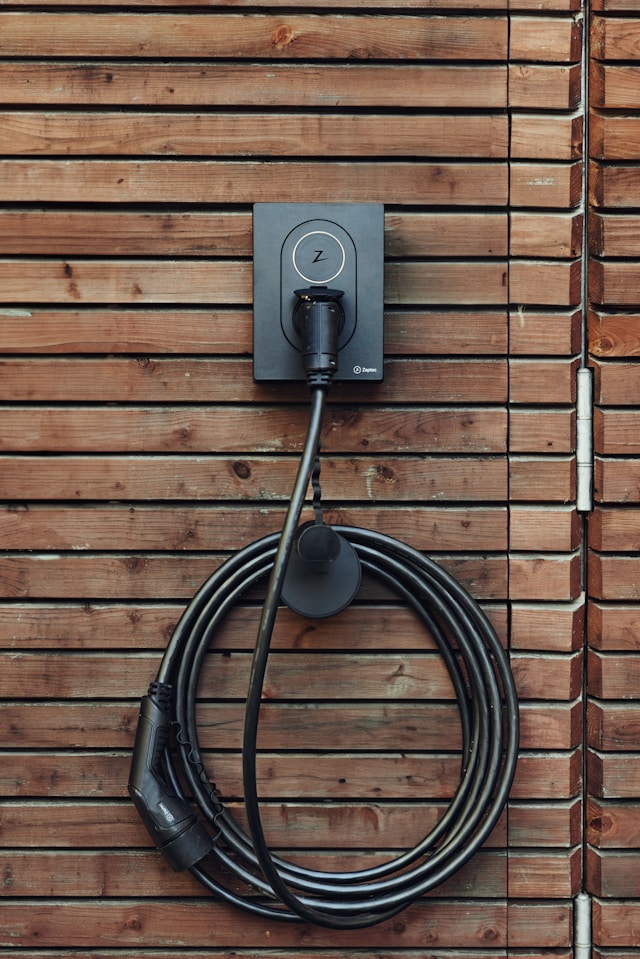Exploring 2024’s Cutting-Edge Home EV Charging Innovations
Revolutionizing Home EV Charging: What to Expect in 2024
In 2024, the electric vehicle (EV) market is set to experience a transformative shift, especially in the realm of home EV charging innovations. With over 10 million EVs sold globally in 2023, according to BloombergNEF, the demand for more efficient and user-friendly charging solutions is at an all-time high. This article delves into the latest advancements in home EV charging technology, equipping you with the knowledge to make informed decisions and enhance your EV ownership experience.
The Future of Home EV Charging: Key Innovations
As the EV market continues to expand, so too does the technology that supports it. Let’s explore some of the groundbreaking innovations in home EV charging that are making waves in 2024.
1. Smart Home Integration: The Internet of Things Meets EVs
The integration of smart technology into home EV chargers is a game-changer. Smart chargers can now connect seamlessly with your home’s Internet of Things (IoT) ecosystem, providing unprecedented control and efficiency.
- Energy Management Systems: Advanced chargers now come with energy management systems that automatically adjust charging schedules based on electricity prices and grid demand, saving you money and reducing your carbon footprint.
- Voice-Activated Controls: Imagine instructing your home assistant to start charging your EV—this is now a reality with voice-activated charger controls.
- Real-Time Monitoring: Smart apps allow you to monitor your EV’s charging status in real-time, ensuring you’re never caught off guard with a low battery.
2. Wireless Charging: Cutting the Cord
Wireless, or inductive, charging is no longer a futuristic concept. It’s rapidly becoming a viable option for many EV owners, offering a convenient and clutter-free charging experience.
- How It Works: Simply park your vehicle over a charging pad, and the system will automatically begin transferring power without the need for cables.
- Efficiency and Speed: Advances in technology have improved the efficiency of wireless charging, with some systems achieving charging speeds comparable to traditional plug-in chargers.
- Installation and Cost: While installation can be more complex and costly than traditional systems, the convenience of wireless charging is attracting attention from tech-savvy EV owners.
3. Bidirectional Charging: Powering Your Home
Bidirectional, or vehicle-to-grid (V2G) charging, allows your EV to not just consume energy, but also to supply it back to your home or the grid.
- Energy Storage: EVs equipped with V2G technology can act as mobile energy storage units, providing power to your home during outages or peak demand periods.
- Financial Incentives: Some utility companies offer incentives for feeding energy back into the grid, potentially offsetting your electricity costs.
- Environmental Impact: By utilizing stored energy during peak times, you can reduce strain on the grid and contribute to a more sustainable energy ecosystem.
4. Ultra-Fast Charging: Minimizing Downtime
Charging speed is a critical factor for many EV owners, and 2024 brings ultra-fast chargers to the home market.
- Charging Times: New ultra-fast chargers can provide up to 200 miles of range in just 15 minutes, making long charging sessions a thing of the past.
- Compatibility: These chargers are compatible with most new EV models, ensuring that you can future-proof your home charging setup.
- Cost Considerations: While ultra-fast chargers come with a higher price tag, the time savings can be invaluable for busy households.
Choosing the Right Home EV Charger: A Practical Guide
When selecting a home EV charger, consider the following factors to ensure you choose the best option for your needs.
- Power Output: Determine the appropriate power level for your EV model and daily driving habits. Higher power levels mean faster charging times.
- Installation Requirements: Assess the electrical infrastructure of your home and potential installation costs.
- Smart Features: Decide if advanced features like smart integration and bidirectional charging are necessary for your lifestyle.
- Budget: Compare prices and weigh the benefits of investing in cutting-edge technology versus a more budget-friendly option.
Best EVs of the Year: Top Picks for 2024
If you’re considering a new EV to complement your state-of-the-art charging setup, here are some of the best models for 2024:
- Tesla Model 3: Known for its impressive range of up to 358 miles and advanced autopilot features.
- Ford Mustang Mach-E: Offers a sporty design with a range of 312 miles and rapid charging capabilities.
- Hyundai Ioniq 5: A standout for its futuristic design and 300-mile range, ideal for tech enthusiasts.
Conclusion: Embracing the Future of Mobility
The innovations in home EV charging technology in 2024 are paving the way for more sustainable and efficient energy use. From smart home integration to ultra-fast charging, these advancements offer unprecedented convenience and cost savings for EV owners. As the EV market continues to evolve, staying informed on the latest trends and technologies will empower you to make choices that align with your lifestyle and environmental goals.
Are you ready to upgrade your home charging setup and embrace the future of mobility? Share your thoughts or experiences with these cutting-edge technologies in the comments below. As we look to the future, the potential for even greater innovations in the EV industry is on the horizon, promising to revolutionize how we power our lives.

